Do you remember the “Xiao Zhi AI” we talked about before? The reading data from that article was quite good, indicating that everyone is indeed curious about these increasingly “smart” gadgets around us.
Products like Xiao Zhi AI are carefully crafted by Shifang Ronghai Company using powerful computing power, massive data, and their self-developed Emotional Model. They usually provide a smooth experience, are ready to use right out of the box, and can help you play music, check the weather, or set alarms just by talking. In specific scenarios, they are indeed quite convenient and allow us to genuinely feel the “presence” of AI.
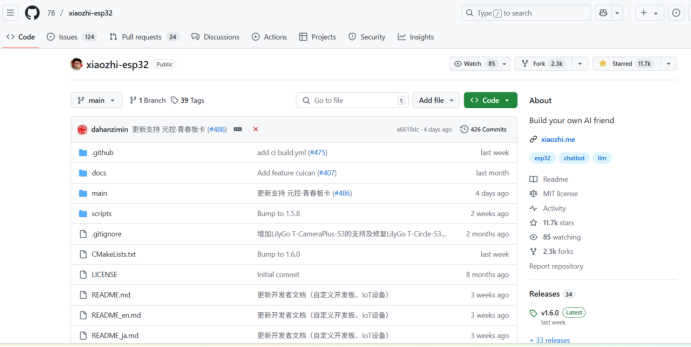 Open source address: https://github.com/78/xiaozhi-esp32
Open source address: https://github.com/78/xiaozhi-esp32
However, after using this meticulously polished AI for a while, you may find that while it is convenient, it always feels a bit like “scratching an itch through the boot.” It resembles a beautifully packaged “black box” where the technical details, where your data goes, and how it is used are difficult for ordinary users to understand. Want it to do something more personalized that isn’t in the manual? Forget it! Worried about your voice and image data being uploaded to the cloud every day? This is not just paranoia.
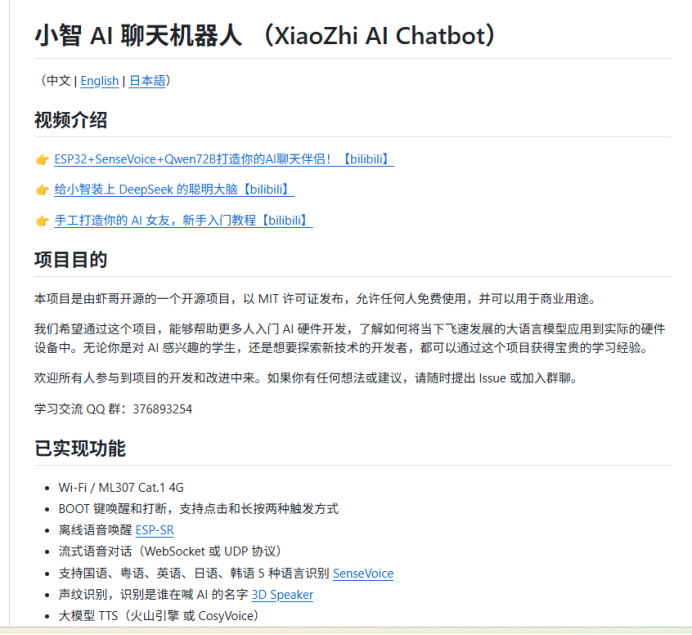
Not to mention, some commercial AI hardware born with a silver spoon have been hyped up by capital and media, only to flop when the actual experience comes out, like overpriced low-performance AI Pins or functionally deficient AI boxes, which we discussed last time. This inevitably raises the question: Is the future of AI hardware solely reliant on these big companies that are either “black boxes” or may “flop”?
While these commercial AI products occupy our living rooms and desktops, striving to educate the market (or rather, harvest users), another “wild” force is playing with AI hardware in a completely different way. They do not want that “black box”; they want “transparency”; they are not satisfied with “whatever you feed them”; they pursue “hands-on, self-sufficiency”.
This is what we are going to delve into today—open source AI hardware.
These people may not have glamorous offices, billions in funding, and often can’t even be bothered to make a decent shell, with circuit boards running bare. The tools in their hands might just be a Raspberry Pi (Raspberry Pi), ESP32, or a slightly more advanced NVIDIA Jetson Nano, or even some newly emerging RISC-V development boards. The software they use is Linux, Python, which can be downloaded worldwide, running open-source frameworks like TensorFlow Lite and PyTorch Mobile, loading YOLO, MobileNet, or some lightweight language models (like running a small Llama locally).
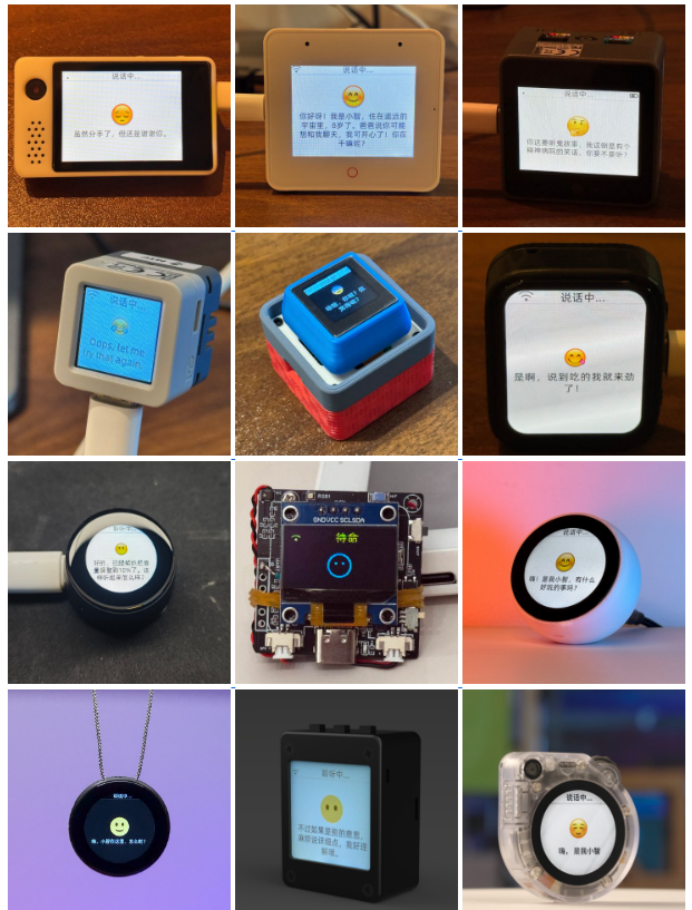
There is nothing mysterious; everything is laid out on the table. The code is shown to you, the circuit diagram is available for you to copy, and if you encounter problems, just shout in the community, and an unknown expert might guide you. This is a completely different way of playing, without fancy packaging, no “redefining,” just solid “tinkering” and the “hardcore romance” of solving problems.
Not for disruption, but for fun and “necessity”: those imaginative application scenarios
Commercial AI hardware always thinks about “disrupting phones,” but the masters in the open-source community often have a more pure and down-to-earth starting point. They might just want to solve a small problem in their lives or simply think “this is cool.” As a result, they have created many eye-catching things.
I have seen many interesting things on YouTube and Bilibili:

- Cat Sofa Terminator: A guy had a cat that always scratched the sofa, no matter how many times he taught it not to. What did he do? He got a Raspberry Pi, connected a camera, and trained a YOLO (You Only Look Once) object detection model. The camera monitors in real-time, and once it detects the cat in a specific area of the sofa and in a “preparing to scratch” posture (which requires training the model to recognize), it immediately plays the sound the cat hates the most (like a vacuum cleaner?). After a few tries, the effect was reportedly significant. You see, he wasn’t trying to change the world; he just solved the “sofa scratching” pain point. The technology used? Raspberry Pi + camera + open-source YOLO model + a bit of Python glue code. Cost? A few hundred bucks to get it done.
- Balcony Vegetable AI Butler: Growing vegetables on the balcony is now popular. A college student studying agriculture used an ESP32 (which is very cheap and low power) as the main control, connected temperature, humidity, soil moisture, and light sensors, and ran a very simple machine learning model (TinyML) right next to the flower pot. The model can determine whether the vegetables are lacking water, whether there is enough light, or if there are signs of disease based on the collected data. Once a problem is detected, it immediately sends a message to his phone via MQTT protocol (commonly used in IoT). It can even link to a small water pump to automatically water the plants. Isn’t that more reliable than guessing based on the weather forecast? Technology: ESP32 + sensors + TinyML model + MQTT. The core is low power and edge intelligence.
- Privacy-Protecting Local Voice Assistant: Are you also annoyed that every time you call “Xiao Ai Tong Xue” or “Siri,” your voice is sent to the cloud? A privacy-conscious expert took matters into his own hands. Using a more powerful board, like NVIDIA’s Jetson Nano or a Raspberry Pi 5 with NPU, he ran an open-source voice recognition model (like Whisper) and connected it to a small language model that can run locally, allowing offline control of smart lights and air conditioning at home. Your voice data stays at home, providing a sense of security. Technology: Jetson/Pi + microphone array + open-source ASR model + local small model + Home Assistant integration. The challenge lies in performance optimization and model pruning.
- “Cyberpunk” Style Open Source Smart Glasses: Although they are still far from Google Glass, enthusiasts are already trying to DIY smart glasses using open-source hardware. For example, using a compact ESP32 to drive a micro OLED display, strapped to a regular glasses frame, along with a camera. What can it do? Perhaps run simple real-time text recognition and translation, or display notes after recognizing faces (of course, privacy issues need to be considered). The effect is certainly rough, and battery life is concerning, but it showcases a possibility: in the future, highly customizable, privacy-protecting wearable devices may originate from these unassuming open-source projects.
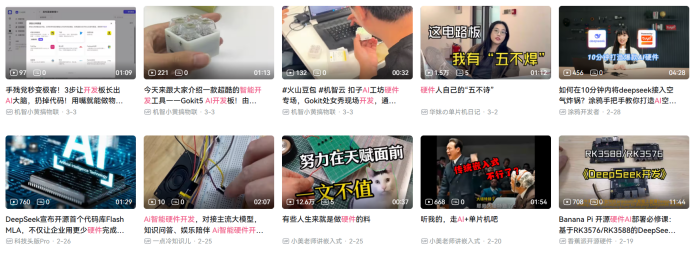
You see, these projects may not be that “sexy” and are not trying to disrupt anyone. They are more like using AI as a new hammer to solve various “nails” around them. Some solve pain points, some are purely technical explorations, and some are even a bit nonsensical. But this is precisely the charm of open source:it makes AI hardware no longer the patent of a few tech giants, but a “toy” and “tool” that ordinary enthusiasts can also participate in creating..
The “Toolbox” of Open Source AI Hardware: Deconstructing the Technology Stack
So, what “magical weapons” do these “wild masters” use to tinker with these things? Let’s also break down their “technical toolbox” and see what the underlying logic is.
- Brain (Computing Platform):
- Raspberry Pi: This is almost the standard entry-level option. Cheap, decent performance, a large community, and abundant resources. The latest version comes with NPU, enhancing its ability to run AI models. It can handle everything from simple control to running lightweight visual models. It can be seen as the “universal solution” in the AI hardware world.
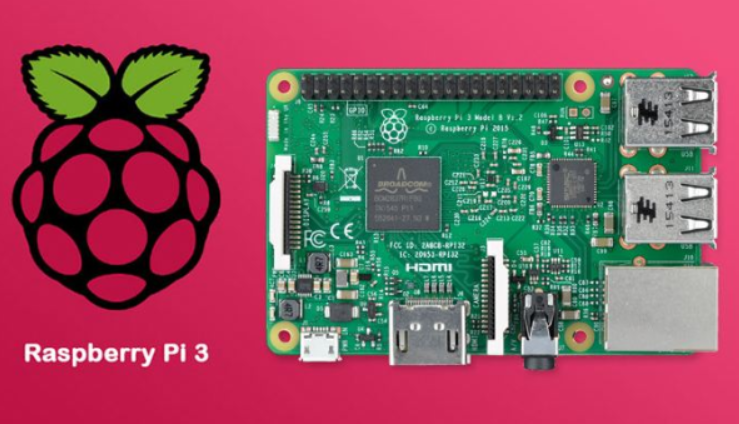
- ESP32 Series: Chips from Espressif, characterized by being cheap, with built-in WiFi and Bluetooth, and extremely low power consumption. Very suitable for IoT and some power-sensitive edge AI applications (TinyML). For example, the vegetable butler mentioned above.
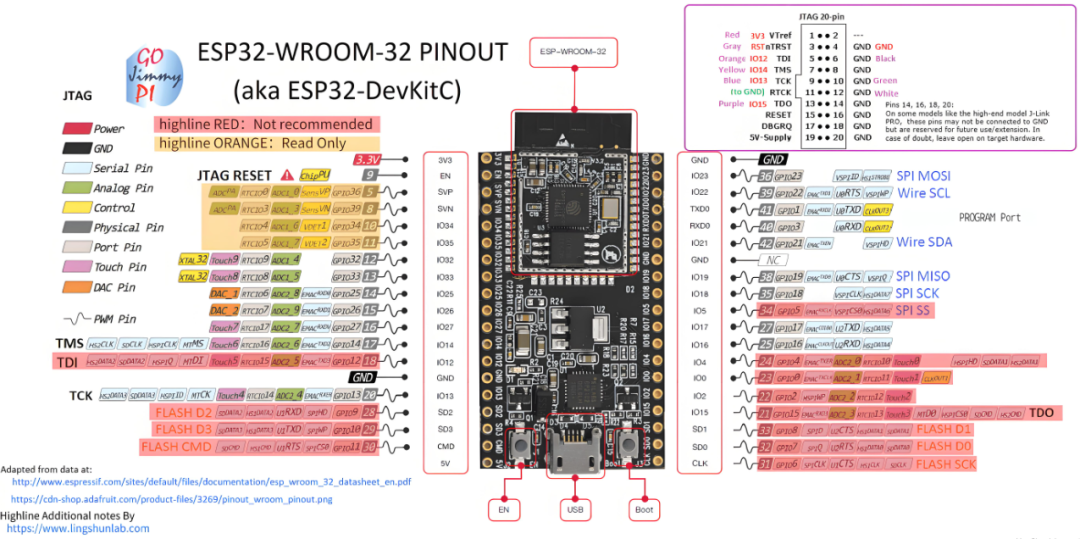
- NVIDIA Jetson Series: If stronger AI computing power is needed, especially for running complex visual models, the Jetson series (like Nano, Orin Nano) is the advanced choice. It comes with GPU acceleration, running models quickly, but the price and power consumption also increase. Suitable for robotics vision, AI monitoring, etc.
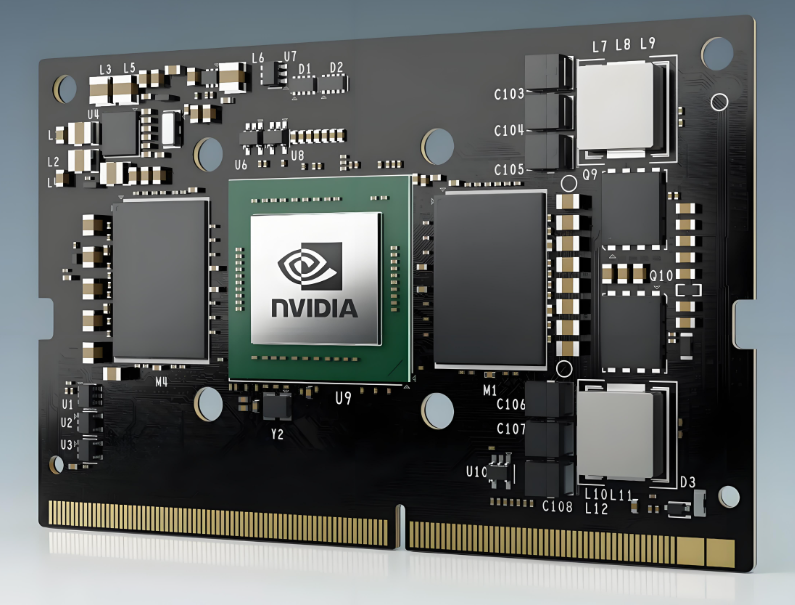
- RISC-V Platform: This is a new force. RISC-V is an open instruction set architecture that does not require high licensing fees like ARM and x86. Many domestic and foreign companies are promoting RISC-V AI chips and development boards. Although the ecosystem is still under construction, its openness is highly anticipated and is seen as a potential path to break the chip monopoly and achieve hardware autonomy. It is worth paying attention to for those who like to experiment and focus on underlying architectures.
- Eyes and Ears (Sensors): Cameras (ranging from a few bucks for OV series to high-definition modules), microphones (single or array), various environmental sensors (temperature, humidity, pressure, light, air quality), motion sensors (accelerometers, gyroscopes), etc. The advantage of open-source hardware is that there are many sensor modules to choose from, they are cheap, and the interfaces are relatively standardized (I2C, SPI).
- Soul (AI Models and Frameworks):
- AI Frameworks (Edge-Optimized Versions): TensorFlow Lite, PyTorch Mobile, ONNX Runtime, etc. These frameworks can compress and optimize large models trained on servers (like quantization, pruning) so that they can run on resource-limited embedded devices.
- Open Source AI Models: This is key. In the visual domain, there are YOLO series (object detection), MobileNet/EfficientNet (image classification, lightweight and efficient); in the speech domain, there is Whisper (speech recognition); in natural language, there are various lightweight large language models (like some small parameter versions of Llama or community-tuned versions). The open-sourcing of these models greatly lowers the barrier for developers to use AI capabilities.
- Neural Network (Operating Systems and Software):
- Linux: On more powerful boards like Raspberry Pi and Jetson, Linux (like Raspbian, Ubuntu) is usually run. Stable, flexible, and rich in open-source resources.
- Real-Time Operating Systems (RTOS): On microcontrollers like ESP32 with extremely limited resources, RTOS like FreeRTOS and Zephyr are used, which are lighter and have better real-time performance.
- Python/C++: The main programming languages. Python is fast for development, has many libraries, and is suitable for rapid prototyping; C++ has good performance and is closer to the hardware, suitable for scenarios that require extreme optimization.
- MQTT and Other Communication Protocols: Essential for IoT, responsible for communication and data uploading between devices.
You see, the items in this toolbox are almost all open or easily accessible. Just like playing with Lego, you can freely combine these modules according to your needs and budget to build the AI application you want. This openness is unmatched by those closed commercial products.
Hardcore Yet Romantic, Reality is Also Harsh: Challenges and Limitations of Open Source
After discussing so much about the benefits of open source, do you feel like there is gold everywhere, and you can just pick it up to change the world?
Calm down. The road of open source AI hardware, while full of charm, is by no means smooth. It can even be said that there are many pitfalls, and they are deep.
- Technical Barriers Remain High: Although the tools are provided, combining them and running them stably requires cross-domain knowledge. You need to understand some hardware (circuitry, soldering, interfaces), some software (Linux, Python/C++, embedded development), and some AI (model principles, training, deployment, optimization). This places high demands on an individual’s comprehensive abilities, and it is not something that can be mastered just by casually reading tutorials. Many projects look cool, but reproducing them may involve countless pitfalls.
- Performance and Power Consumption Constraints: Cheap boards have limited computing power, and running slightly more complex models can be challenging, resulting in low frame rates and high latency. Powerful boards (like Jetson) are expensive and generate heat, requiring additional considerations for cooling and power supply. Achieving high-performance AI under low power consumption is a challenge the entire industry is tackling, and open-source hardware cannot avoid it.
- The Gap from Demo to Product: Running a demo successfully in the lab and creating a stable, reliable, and user-friendly product are completely different matters. Stability, reliability, safety, usability, and design are factors that must be considered in commercial products, which are often overlooked (or not enough energy is spent on them) in many open-source projects. This is also why many cool open-source projects remain within the enthusiast community and struggle to “break out.”
- Maintenance and Iteration Challenges: Commercial products have companies responsible for updates and maintenance. Many open-source projects rely on voluntary contributions, and authors may abandon them at any time. If a library you depend on is no longer updated, or if hardware is discontinued, it can lead to project sustainability issues. This uncertainty is also a factor limiting the large-scale application of open-source hardware.
So you see, the world of open-source AI hardware is more like a vibrant “experimental field” and “back garden”. It can nurture many novel ideas and solutions and cultivate many hands-on engineers. But expecting it to immediately replace commercial products is still unrealistic. It is better at breakthroughs in “points” and satisfying the “long tail” market rather than covering the “surface”.
Future Outlook: Can the Spark Ignite a Prairie Fire?
So, what will the future of open-source AI hardware look like? Where will this “wild” force ultimately go?
Personally, I think there are several trends worth paying attention to:
- Toolchains Continue to Mature, Barriers Gradually Lower: With the emergence of more user-friendly development platforms, pre-trained models, and foolproof deployment tools, the threshold for “playing” with AI hardware will further decrease. More open-source kits with higher integration for specific scenarios (like smart homes, robotics education) may emerge.
- Integration and Interaction with Commercial Ecosystems: Open source and commercial are not entirely opposed. Many commercial AI products also use a lot of open-source technology at their core. In the future, more companies may embrace open-source hardware, launching their own development boards and platforms, or providing commercial support and services around excellent open-source projects. Ideas and technologies validated by the open-source community may also be absorbed by commercial companies, accelerating the productization process.
- The Imagination Space Brought by RISC-V: If the RISC-V ecosystem can truly mature and provide competitive, open AI chips, it will greatly promote the development of open-source AI hardware. It can not only reduce costs but also break the existing chip architecture monopoly, bringing more possibilities for hardware innovation, especially in today’s context of increasing geopolitical risks, its strategic significance is self-evident.
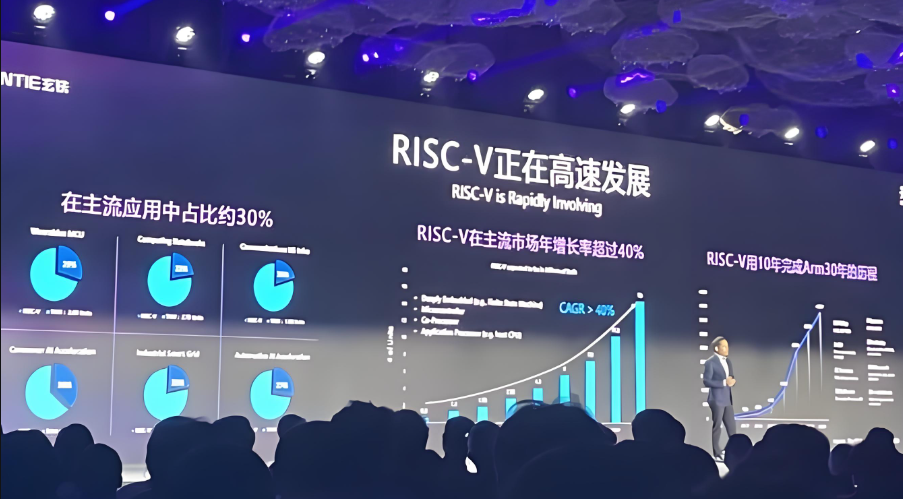 4. Prosperity of the “Long Tail Market”: AI capabilities are universal, but demands are fragmented. Commercial companies often focus on the “head applications” with the largest user base. However, the vast “long tail market”—those niche but real specific needs (like specialized detection equipment for certain industries, assistive tools for people with disabilities, personalized art installations)—is where open-source AI hardware can shine. In the future, we may see a rich and colorful ecosystem composed of countless small, specialized, and highly customized open-source AI hardware.5. Privacy and Security as Double-Edged Swords: When the manufacturing threshold for AI hardware is low enough for everyone to participate, privacy and security issues become more prominent. How to ensure that open-source models are not misused? How to prevent DIY hardware devices from being maliciously exploited? This requires the joint efforts of community norms, technical means, and legal regulations.
4. Prosperity of the “Long Tail Market”: AI capabilities are universal, but demands are fragmented. Commercial companies often focus on the “head applications” with the largest user base. However, the vast “long tail market”—those niche but real specific needs (like specialized detection equipment for certain industries, assistive tools for people with disabilities, personalized art installations)—is where open-source AI hardware can shine. In the future, we may see a rich and colorful ecosystem composed of countless small, specialized, and highly customized open-source AI hardware.5. Privacy and Security as Double-Edged Swords: When the manufacturing threshold for AI hardware is low enough for everyone to participate, privacy and security issues become more prominent. How to ensure that open-source models are not misused? How to prevent DIY hardware devices from being maliciously exploited? This requires the joint efforts of community norms, technical means, and legal regulations.
In Conclusion: Embrace Openness, Move Forward Rationally
In summary, the world of open-source AI hardware may not be as glamorous as commercial launch events, but it has its unique charm and value. It represents a more open, democratic, and exploratory technological path.
It may not immediately give birth to the next “Apple,” but it is providing countless developers and enthusiasts with the tools to create and learn, solving a myriad of practical problems, and injecting continuous vitality and imagination into the entire AI hardware industry.
For those of us caught in the wave of technology, especially for young friends passionate about technology, paying attention to open-source AI hardware is not just about watching the excitement; it is a window to understand technological evolution and stimulate innovative thinking.
If you have strong hands-on skills, why not buy a development board and try running a model following a tutorial, experiencing the process of creating an “intelligent” device from scratch? Even if you are just an observer, understanding the technology and trends in this field can give you more clarity and judgment when facing extravagant commercial promotions.
Open-source AI hardware is the romance of hardcore engineers and an undercurrent that cannot be ignored in the AI era. It may not bring immediate “immense wealth,” but those “wild masters” building the future with “scrap materials” and code deserve our greater attention and respect.
Alright, that’s all for the discussion on open-source AI hardware. I hope it gives you a deeper understanding of this “underground world.” Next time, let’s find another interesting topic to continue chatting. See you!